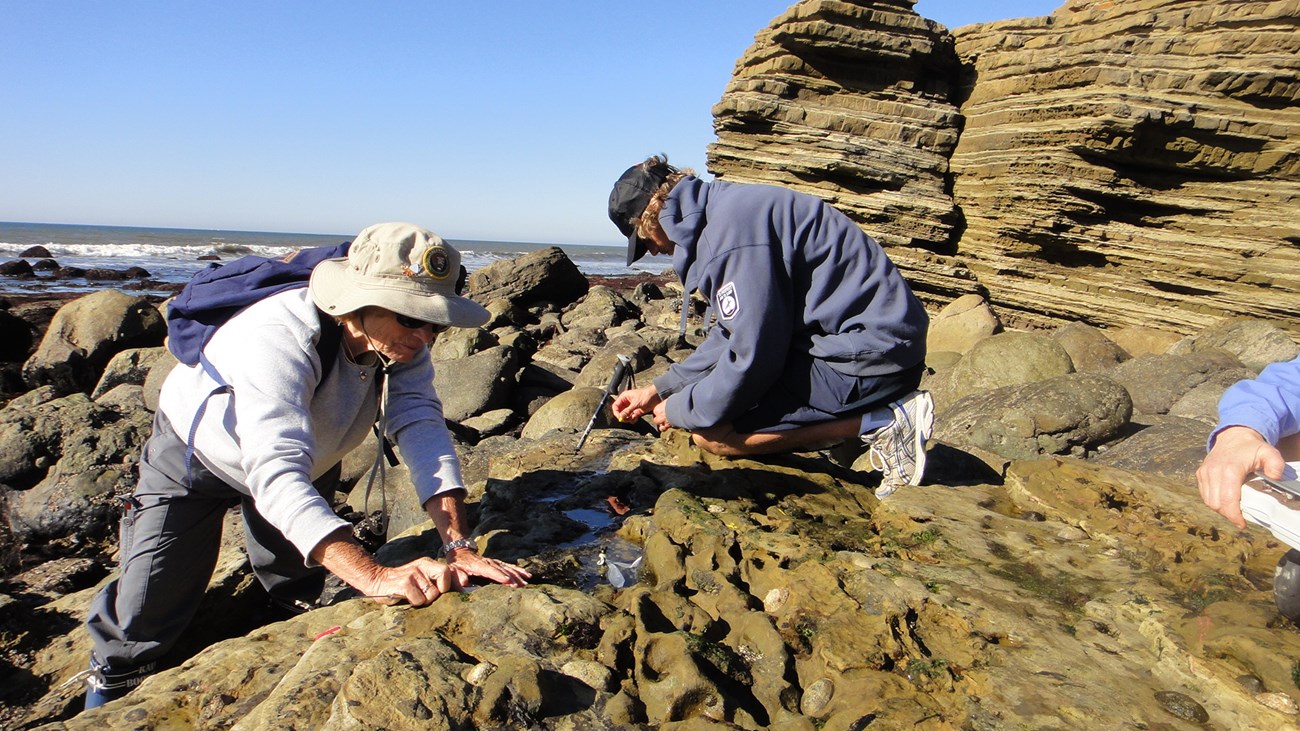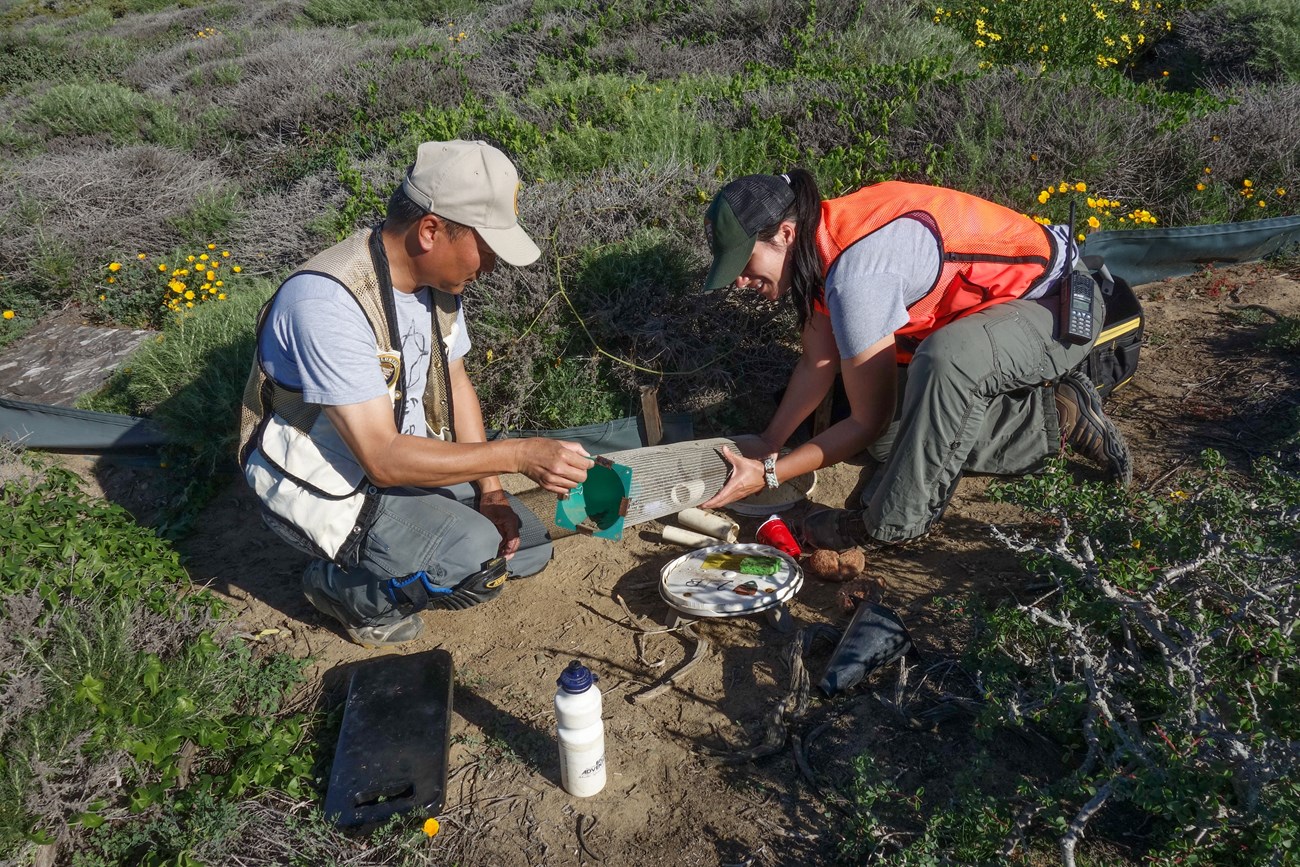
NPS Photo The mission of the National Park Service is always consistent: to preserve and protect the land’s resources for the enjoyment of this and future generations. How can we successfully preserve and protect the species that call our park home, if we do not know their characteristics and behaviors? That’s where our volunteers come in! Currently, Cabrillo National Monument is conducting several long-term surveys and monitoring efforts: Tidepool Monitoring, Shorebird Monitoring, Terrestrial Bird Surveying, and Herpetofauna Monitoring. Though these are separate volunteer positions, their findings help us connect the dots of the park’s overall ecosystem its changes. Tidepool Monitoring
NPS Photo Since 1990, this park has been engaged in a long-term monitoring effort of the rocky intertidal zone. During the year, volunteers accompany park scientists as they track key species alongside the tidepool’s Zones 1, 2, and 3. The types and amounts of these findings are recorded and analyzed to determine any patterns, potential issues, and efforts to keep the tidepools protected! Shorebird MonitoringShorebird Monitoring volunteers contribute to the tidepool data by counting both shorebirds and people in the tidepools and by recording sea and weather conditions. Alongside the tidepool monitoring efforts, this data is used to determine how birds interact with the tidepools and how human traffic affects this interaction in the rocky intertidal zone! Terrestrial Bird SurveyingAs a biodiversity hotspot, Point Loma and Cabrillo National Monument are both well-known in the birding community as two of the most popular bird-watching spots in San Diego. In fact, during the fall and spring, our park is a resting stop for hundreds of species of birds passing through their migratory paths! You can typically find Terrestrial Bird Surveying volunteers with a pair of binoculars, walking around the park to identify and record more than 200 species of birds at Cabrillo National Monument! Herpetofauna Monitoring
NPS Photo Cabrillo National Monument is home to six species of snakes, 5 species of lizards, and one type of amphibian—all of which are known as herpetofauna. Unfortunately, urban development, habitat fragmentation, and land use changes have led to the decline of these species. Because of their sensitivity to environmental disruptions, these reptiles and amphibians are monitored as ecosystem health indicators. |
Last updated: March 21, 2021
